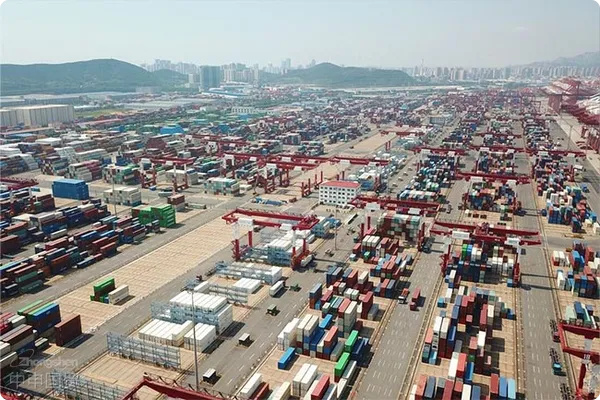- Shanghai Zhongshen International Trade Co., Ltd. - Two decades of trade agency expertise.
- Service Hotline: 139 1787 2118

Contents
ToggleComplete Guide to Customs Clearance for Imported Food Production Line Equipment Agency in 2025
Amid the wave of upgrading in the food industry, China's import value of food machinery is projected to exceed $8.7 billion by 2025. As a professionalforeign tradeAgency service providers, we have identifiedEquipment ImportsThe three core challenges: compliance verification of technical parameters, adaptation to tariff preferential policies, and integration of special regulatory processes—these aspects directly impact project costs and production timelines.
Analysis of Global Equipment Procurement Trends
EU equipment manufacturers dominate the baking production line market, with their new tunnel-type baking equipment adopting modular design, reducing transport disassembly rates by 42%. Japanese aseptic filling equipment maintains technological advantages, but it's important to note that their 2025 revised JIS certification standards have added requirements for AI self-inspection systems. Southeast Asian equipment offers outstanding cost-performance ratios, with Thailand's cold chain packaging lines priced 35% lower than similar European products, though hygiene level verification needs strengthening.
Key Control Points in Customs Clearance Practice
- Pre-classification accuracy: Beverage filling machine sets must be distinguished between HS84223010 (fully automatic) and 84223090 (semi-automatic), with a tariff difference of up to 9%.
- Pre-approval of hygiene permits: The new edition of the "Hygienic Standards for Imported Food Machinery" requires that the surface roughness of equipment be ≤0.8μm.
- Fast - track Customs Clearance Channel: AEO-certified enterprises can apply for the "inspection upon arrival" mode, reducing customs clearance time to 72 hours.
Five Key Evaluation Dimensions for Service Provider Selection
- Industry Experience: Completion of at least 3 similar project cases.
- Technical alignment: Capable of conducting pre-review for equipment parameter compliance.
- Customs Clearance Network: Localized service teams established at major ports
- Risk Management: Offering a Combination of Exchange Rate Lock + Quality Insurance Solutions
- Emergency Mechanism: 48-Hour Response Standard for Sudden Return Shipment Incidents
Practical cost optimization strategies
In a case where we represented a dairy company in the introduction of a German production line, we saved costs by adopting the "disassembly and transportation of equipment + domestic assembly" model.Maritime TransportationCost: 28%. Utilizing the "Off-Site Debugging of Equipment in the Free Trade Zone" policy, the import VAT payment was deferred for up to 6 months. For precision temperature control equipment, the Longkou Port cold chain customs clearance line was selected, keeping the transportation loss rate below 0.3%.
Risk warning and response plan
- Technical Barriers: The latest EU directive requires that contact surface materials must provide traceability documentation.
- Exchange Rate Fluctuations: It is recommended to adopt a mixed payment method of 30% in euros and 70% in RMB.
- Quality disputes: Retain the no-load test video of the equipment as evidence for claims.
When a baking company introduced an Italian production line, we pre-installed IoT modules on the equipment, enabling the collection of EU CE certification data to be completed at the destination port. This reduced the technical acceptance cycle to just 11 working days. The project ultimately saved 19% in overall costs and commenced production 47 days ahead of the original schedule.
Related Recommendations
? 2025. All Rights Reserved. Shanghai ICP No. 2023007705-2  PSB Record: Shanghai No.31011502009912
PSB Record: Shanghai No.31011502009912










